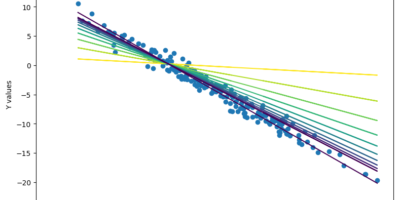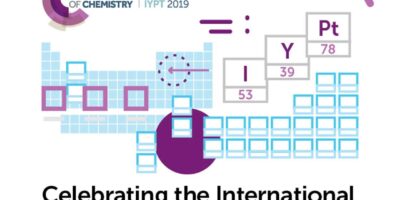MIT researchers have recently greatly improved energy storage and delivery systems by engineering a new family of materials that delivers record performance through the Oxygen Evolution Reaction (OER).
These new materials, called double perovskites, are actually just a variant of a mineral that already exists in abundance in the Earth’s crust. It has the ability to split water (into H and O) to promote oxygen evolution. This work was conducted by Yang Shao-Horn, the Gail E. Kendall Professor of Mechanical Engineering and Materials Science and Engineering; postdoc Alexis Grimaud, and six others. Shao-horn says that this new family of materials is a clear step forward from the previous record-holder catalyst for electrochemical water splitting. Perovskites have shown a greater level of stability in its structure during the chemical process, as compared to the old material.
This new material has great potential in applications to current renewable energy generation. Wind and solar power sources use a catalytic system, where electricity from the turbine or solar panel can be fed into a tank of water, and the resulting streams of hydrogen and oxygen from the water-splitting can be collected into separate tanks. These two collected elements can then be recombined at our convenience to produce electricity and water. Perovskites can be easily integrated within the existing catalytic system, being economically viable, easily manufactured, and efficient in carrying out the conversion without too losing much of the original power.
The compounds used in this research were made by combining lanthanide (praseodymium, samarium, gadolinium or holmium) with barium, cobalt and oxygen. The result was a crystal stricture that had distinct molecular sites for barium and lanthanide. Shao-Horn says, “There’s lots of flexibility in the chemistry and structure,” allowing for a large variety of materials. Shao-Horn and her team have shown how changing the specific lanthanide isotype has a strong effect on how rapidly water could be separated into its atomic components.
The researches have not only found a single element that produces this new family of catalysts, but a family of compounds as well. This means that they can conduct further research by testing the effectiveness of the other compounds, which could lead to more active catalysts. The perovskites that the team was using were synthesized through a simple process with powders of constituent materials, by “grind[ing] them up and put[ting] it in a furnace at high temperature,” Grimaud says.
Jean-Marie Tarascon, a professor at the University of Picardie in France and director of its laboratory on reactivity and chemistry of solids says, “This work is significant as it offers an alternative to costly noble-metal catalysts” for the oxygen evolution reaction. That’s important, because “there is a huge demand for an OER catalyst for direct solar and electrolytic water-splitting.”




Leave a Reply